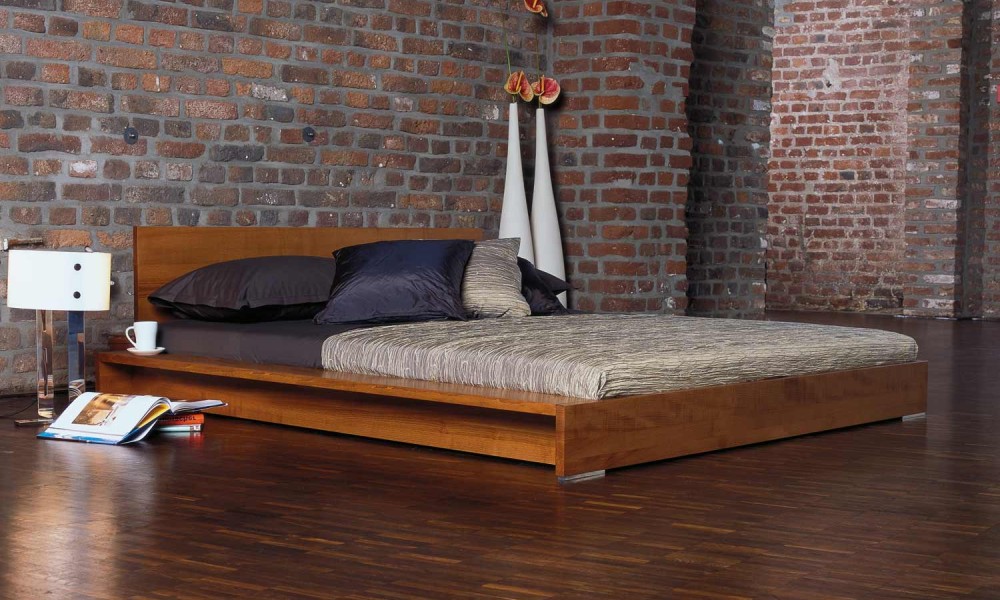
.jpg)

Furniture Fiesta Life & Culture
LIFE AND CULTURE SHOPPING TRENDS HOME TOURS DESIGN DECORATING

Master the art of seamlessly blending diverse furniture styles to create a harmonious and personalized living space reflective of your unique taste and personality.
The art of mixing and matching furniture styles has become a beloved trend in home decor across diverse demographics. Picture that satisfying moment when you enter a room and everything effortlessly melds together—the styles, colors, textures—all in perfect harmony. Achieving this result requires skillful coordination of various furniture pieces. While it may seem daunting, with a few pointers, you can effortlessly create a space that feels both unified and distinctive.

Blending modern and traditional furniture styles can yield an eclectic aesthetic, but it requires careful consideration. The key is to find a common thread that ties the different elements together. This could be a shared color palette of warm neutrals or the use of a consistent material like leather. Replicating this element throughout the room fosters cohesion amidst the diversity of styles. Additionally, it's crucial to factor in the proportions and sizes of each piece to ensure they complement rather than overpower one another. Layering in intentional accessories further enhances the fusion, whether it's pairing a modern lamp with a classic armchair or juxtaposing rustic and sleek surfaces. Anchoring the space with a focal point, such as an ornate fireplace mantel, adds a sense of solidity to the design. While merging modern and traditional styles may pose challenges, following these guidelines will empower you to master the art of juxtaposition with confidence, resulting in a home exuding timeless elegance.
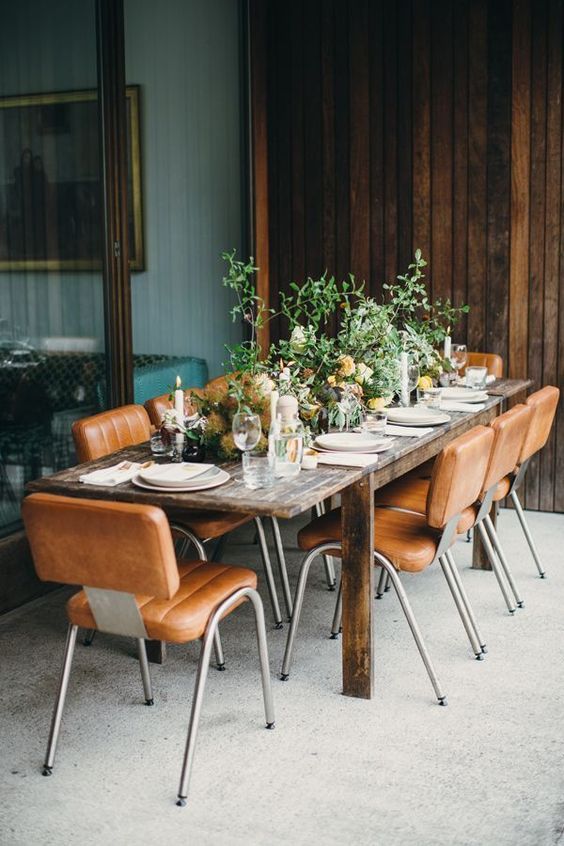
Combining mid-century modern and rustic styles can yield captivating results with the right approach. Emphasizing natural materials that resonate with both aesthetics—such as wood, stone, and leather—serves as a foundational strategy. Whether it's pairing a wooden side table with hairpin legs alongside a distressed leather sofa or incorporating a stone-topped coffee table with a sleek metal base, the key is to maintain a cohesive visual language. Establishing a unified element, whether through color schemes or textural motifs, helps bridge the stylistic gap. Attention to proportion and scale ensures a harmonious arrangement, whether it's integrating a large rustic hutch with mid-century chairs or balancing a substantial stone fireplace with delicate retro floor lamps. Purposeful layering, from lighter mid-century pieces atop weightier rustic furniture to curated accessories, enriches the design narrative. By embracing natural materials, harmonizing color palettes, and mastering the interplay of proportions, you'll craft a space that seamlessly marries rustic charm with mid-century allure.

While industrial and bohemian styles may initially appear discordant, their shared ethos of casual eclecticism offers fertile ground for creative synergy. Establishing a neutral color palette as a foundational backdrop—encompassing grays, creams, and wood tones—lays the groundwork for harmonious coexistence. Infusing pops of color and pattern through bohemian textiles injects vibrancy into the industrial framework. Metallic accents, such as copper fixtures or steel furnishings, serve as conduits for stylistic convergence. Balancing larger industrial pieces with smaller bohemian accents ensures visual equilibrium, fostering a sense of cohesion. The interplay of natural and machine-made materials, as well as smooth and textured surfaces, enriches the sensory experience. Implementing strategic design vignettes, such as an industrial metal bed frame softened by bohemian textiles, underscores the compatibility of these seemingly disparate styles. By embracing contrast and fluidity, industrial and bohemian decor coalesce into a space brimming with character and charm.
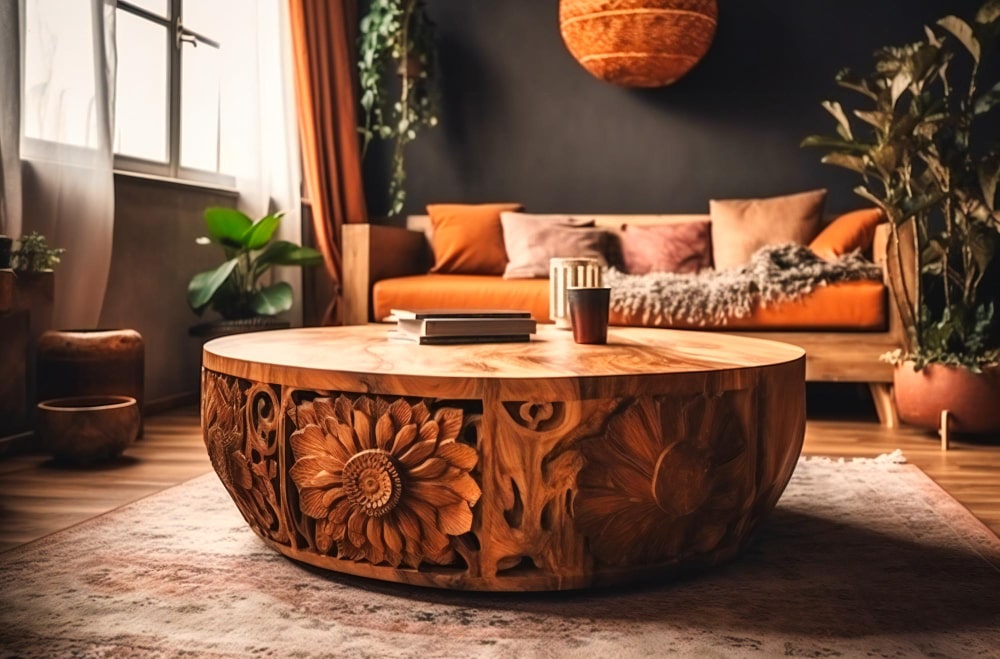
Achieving coherence when mixing furniture styles with varying wood tones necessitates identifying a unifying element. Whether it's through innovative color matching techniques, complementary metal finishes, or cohesive patterns, the objective is to harmonize disparate elements into a cohesive whole. Proportional balance and strategic layering further enhance the visual continuity, creating a tailored aesthetic that exudes sophistication and warmth.

Seamlessly integrating living room and dining room furniture entails a meticulous approach to color, style, and material coordination. By selecting complementary colors, harmonizing styles, and aligning materials, you can create a cohesive ambiance that transitions seamlessly between spaces.
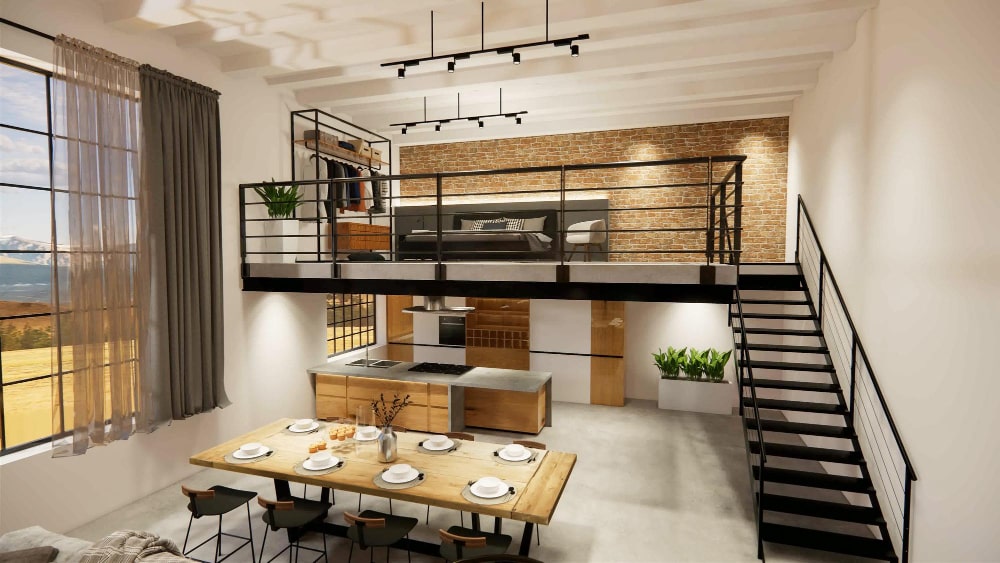
Achieving a harmonious blend of furniture styles hinges on careful consideration of scale and proportion. By juxtaposing pieces with complementary visual weights and incorporating a variety of sizes, you can cultivate a curated yet effortless aesthetic.

Intentional layering of furniture styles involves thoughtful curation of elements that contribute to the overall design narrative. Whether through unifying motifs, balanced compositions, or personalized accents, each layer adds depth and character to the space.
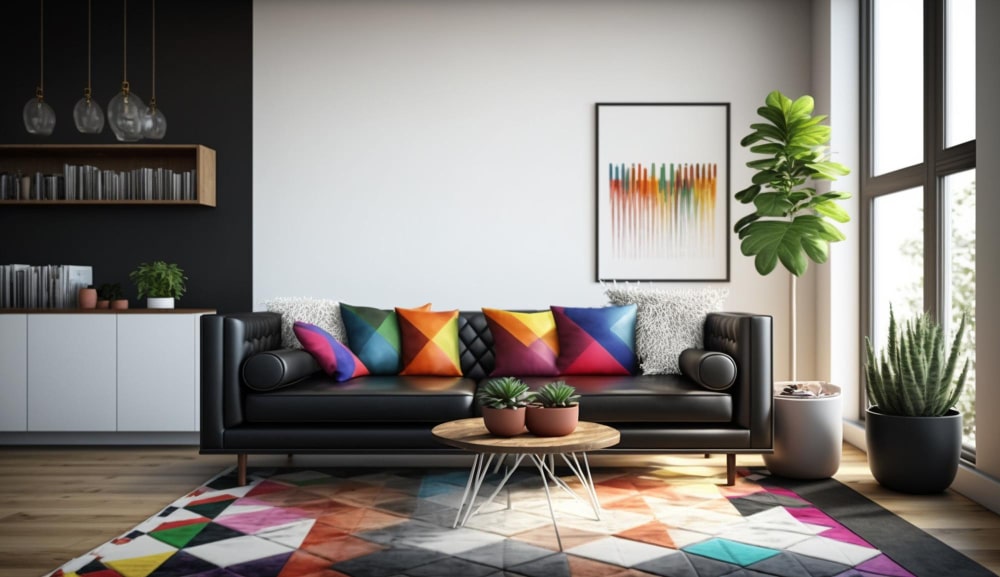
Establishing focal points serves as a guiding principle in harmonizing disparate furniture styles. By strategically positioning focal elements and distributing attention throughout the space, you can create a cohesive visual hierarchy.
Infusing personal touches into your decor enriches the space with authenticity and character. By integrating meaningful objects and cherished mementos, you can create a home that reflects your unique identity and resonates with warmth and individuality.